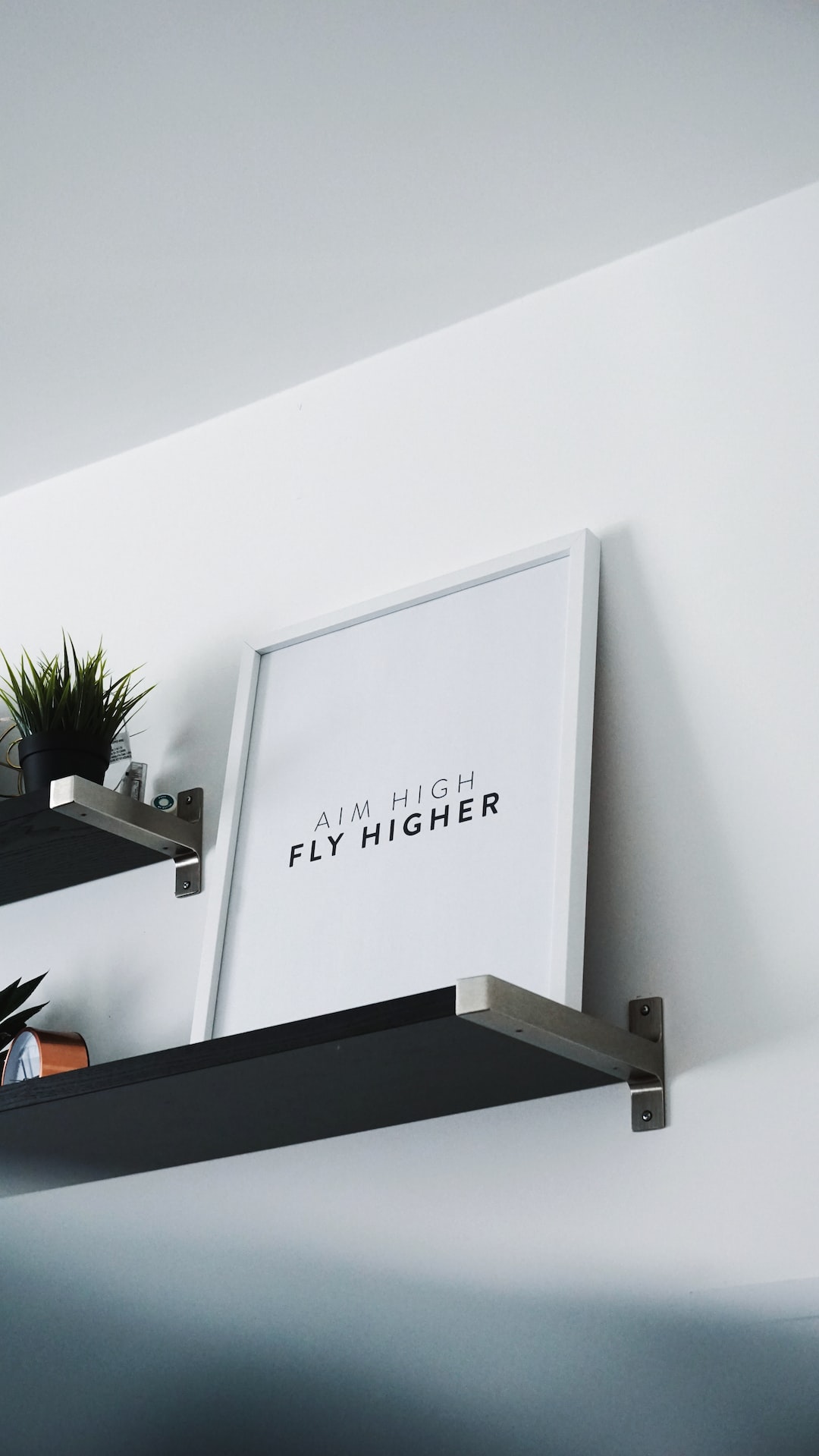The Psychology of Color: How it Affects User Perception
When it comes to designing a website or creating visual content, color plays a crucial role in capturing the attention of users and influencing their perception. The psychology of color explores the relationship between colors and human emotions, behaviors, and perceptions. By understanding this relationship, designers can effectively use color to elicit specific reactions from users. In this blog post, we will delve into the fascinating world of color psychology and explore how different colors can impact user perception.
Color theorists argue that colors have the power to evoke emotions and trigger certain responses. For example, warm colors like red, orange, and yellow are often associated with energy, excitement, and passion. These colors can be effectively used to create a sense of urgency or to promote products or services that evoke strong emotions. On the other hand, cool colors such as blue, green, and purple are often associated with calmness, stability, and trust. These colors can be used to convey a sense of reliability and professionalism.
To better understand how colors affect user perception, let’s take a closer look at some commonly used colors and their associated emotions:
1. Red: This vibrant color is often associated with power, passion, and energy. It can evoke a sense of urgency and can be effectively used to create a call-to-action. Many popular brands use red in their logos and marketing materials to grab attention and convey a sense of excitement.
2. Blue: Known for its calming and soothing effect, blue is often associated with trustworthiness, reliability, and professionalism. It is commonly used by technology companies to demonstrate their dependability and security.
3. Green: Green is widely associated with nature, growth, and harmony. It can evoke feelings of freshness and relaxation. Many eco-friendly and health-related brands use green to communicate their focus on sustainability and well-being.
4. Yellow: As the color of sunshine, yellow is often associated with happiness, optimism, and creativity. It can be used to uplift moods and create a positive vibe. Many fast-food chains choose yellow in their branding to stimulate appetite and create a feeling of warmth and friendliness.
5. Purple: Historically associated with royalty, purple represents luxury, elegance, and creativity. It can be used to create a sense of exclusivity or uniqueness. Many beauty and cosmetic brands use purple to convey a touch of sophistication.
While these associations are widely established, it is essential to consider cultural factors that can influence color perceptions. Different cultures associate colors with various meanings, so designers must research their target audience and adapt color choices accordingly.
Apart from evoking emotions, colors also have the power to influence user behavior. Studies have shown that certain colors can impact purchasing decisions, website browsing patterns, and overall engagement. For example, red is known to stimulate appetite, which is why it is commonly used in food industry branding. Similarly, vibrant and contrasting colors can draw attention to specific elements on a website, increasing click-through rates and conversions.
In addition to different colors, color combinations can also affect user perception. Complementary colors, such as red and green or blue and orange, create a visually striking contrast and can effectively grab attention. Analogous color combinations, such as yellow and orange or green and blue, create a harmonious and calming effect.
In conclusion, understanding the psychology of color is essential for designers and marketers in creating visually appealing and effective content. Different colors evoke different emotions and can influence user perception and behavior. By carefully selecting colors and their combinations, designers can create experiences that resonate with the target audience and evoke the desired emotional response. So, next time you design a website or create visual content, remember to consider the psychology of color to make a lasting impression on your users.
